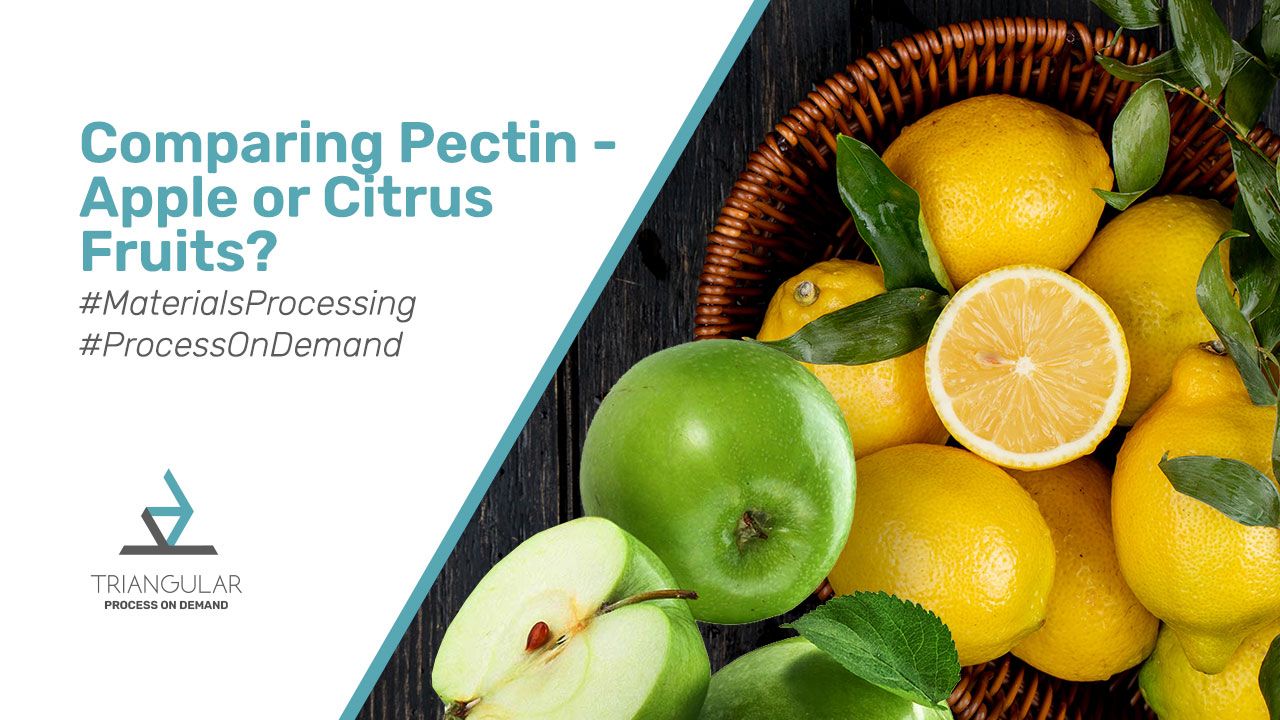Beyond culinary uses, the waste generated during apple or lemon juice production on an industrial scale can find valuable applications, including the extraction of natural antioxidants, enzymes, essential oils, and of course, pectin.
Pectin, a complex carbohydrate and soluble dietary fiber found within the cell walls of various fruits and vegetables, serves as a crucial gelling agent in jams, jellies, and a variety of other products, including dairy items, baked goods, and beverages.
Variations between pectin sourced from apples and lemons:
𝐓𝐲𝐩𝐞 𝐨𝐟 𝐏𝐞𝐜𝐭𝐢𝐧
Apple pectin is often termed high-methoxyl pectin,
Citrus pectin is referred to as low-methoxyl pectin.
These designations are linked to the degree of esterification present within the pectin molecules, directly influencing their gelling properties.
𝐆𝐞𝐥𝐥𝐢𝐧𝐠 𝐏𝐫𝐨𝐩𝐞𝐫𝐭𝐢𝐞𝐬 𝐚𝐧𝐝 𝐀𝐩𝐩𝐥𝐢𝐜𝐚𝐭𝐢𝐨𝐧𝐬
Apple pectin necessitates the presence of both sugar and acid to form a gel. This property aligns well with recipes featuring high sugar content.
Citrus pectin can effectively gel in the presence of calcium ions, requiring less sugar and acid. This makes it ideal for crafting low-sugar or sugar-free jams and jellies.
𝐄𝐱𝐭𝐫𝐚𝐜𝐭𝐢𝐨𝐧 𝐓𝐞𝐜𝐡𝐧𝐢𝐪𝐮𝐞𝐬
For obtaining pectin from apples and citrus fruits may slightly vary, they typically involve heating, enzymatic treatment, and precipitation.
𝐅𝐥𝐚𝐯𝐨𝐫 𝐚𝐧𝐝 𝐀𝐩𝐩𝐞𝐚𝐫𝐚𝐧𝐜𝐞
Apple pectin tends to possess a milder flavor and lighter color as compared to citrus counterpart.
Now that you've gained insights into these pectin disparities, are you ready to elevate your culinary creations or enhance your industrial processes?

